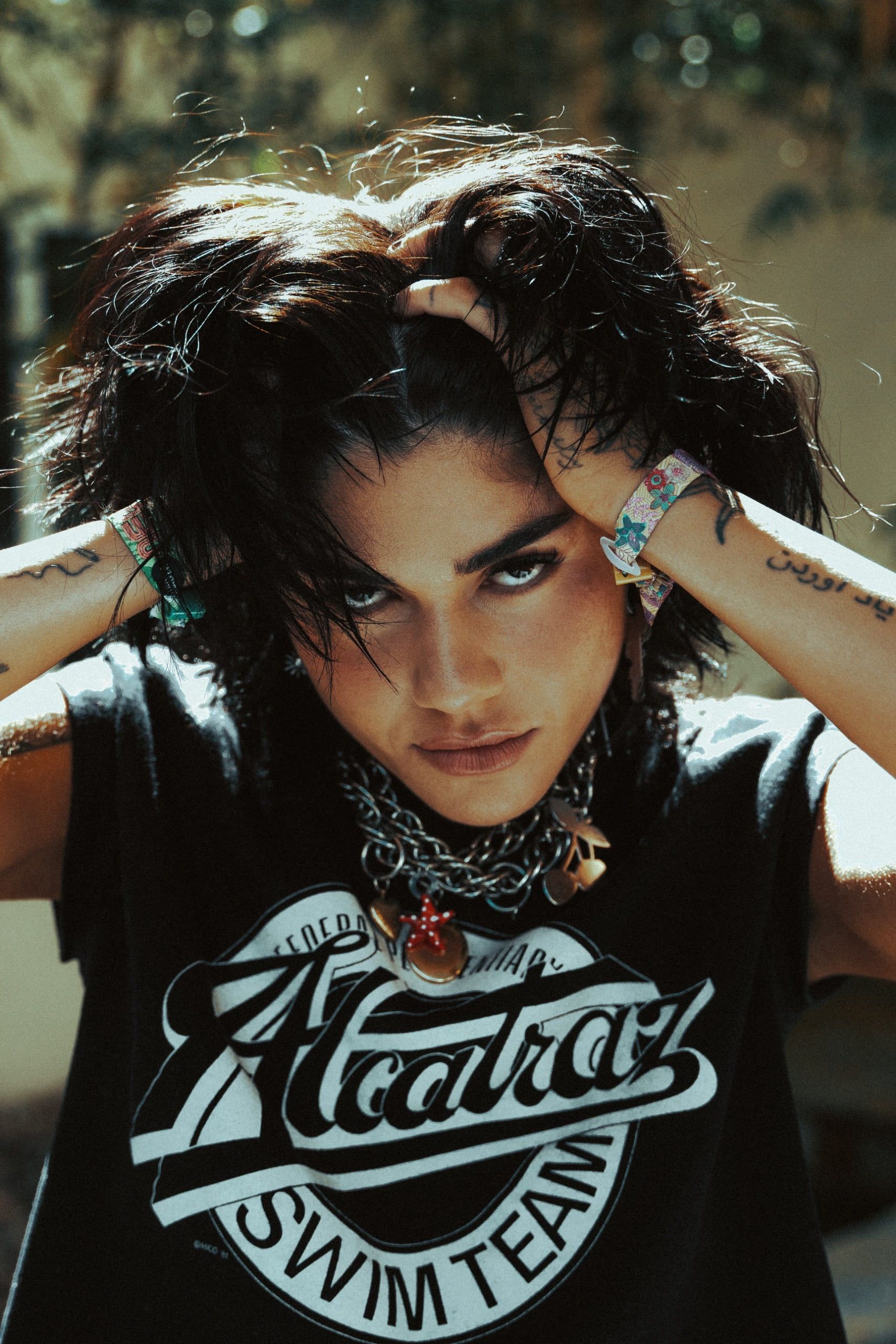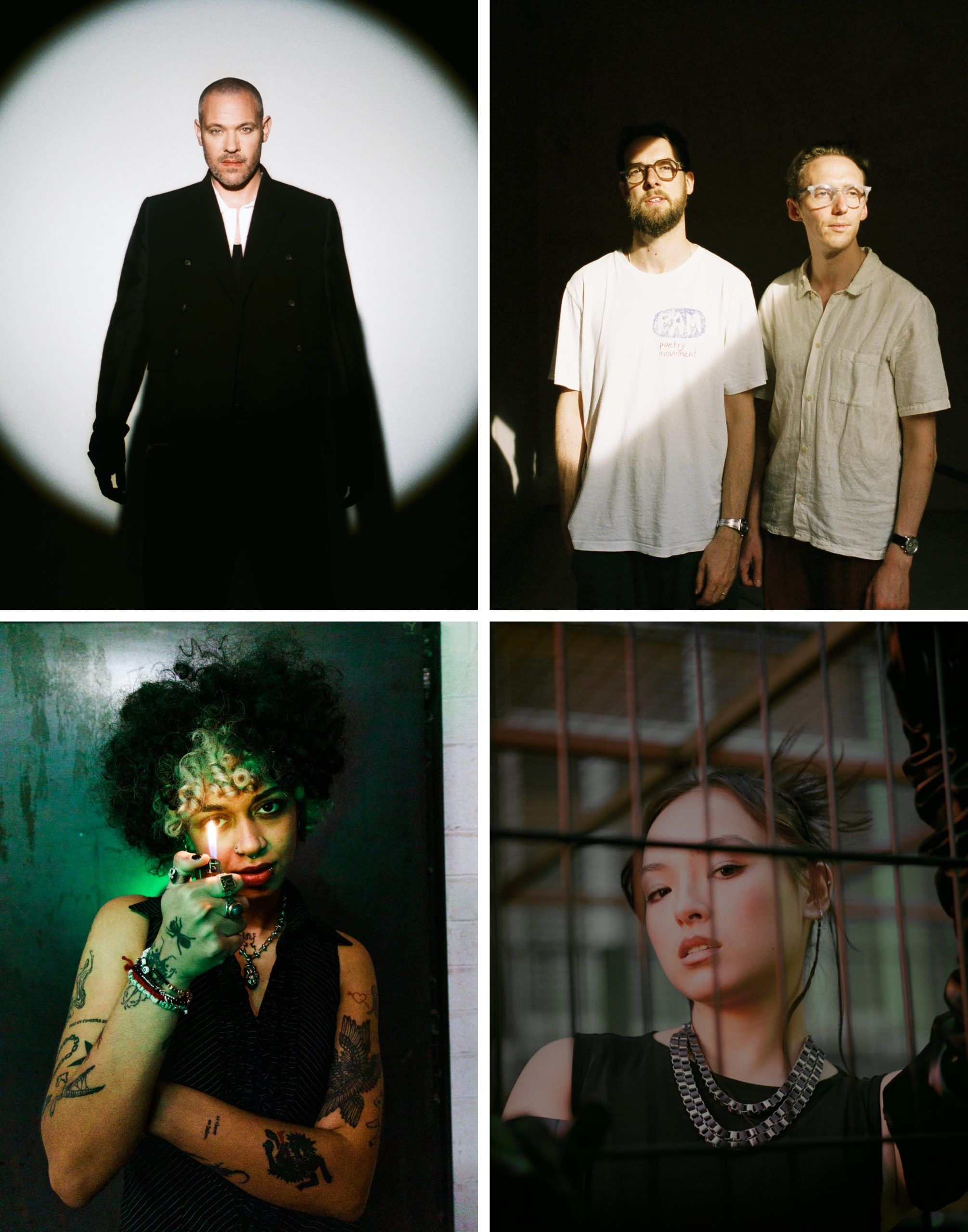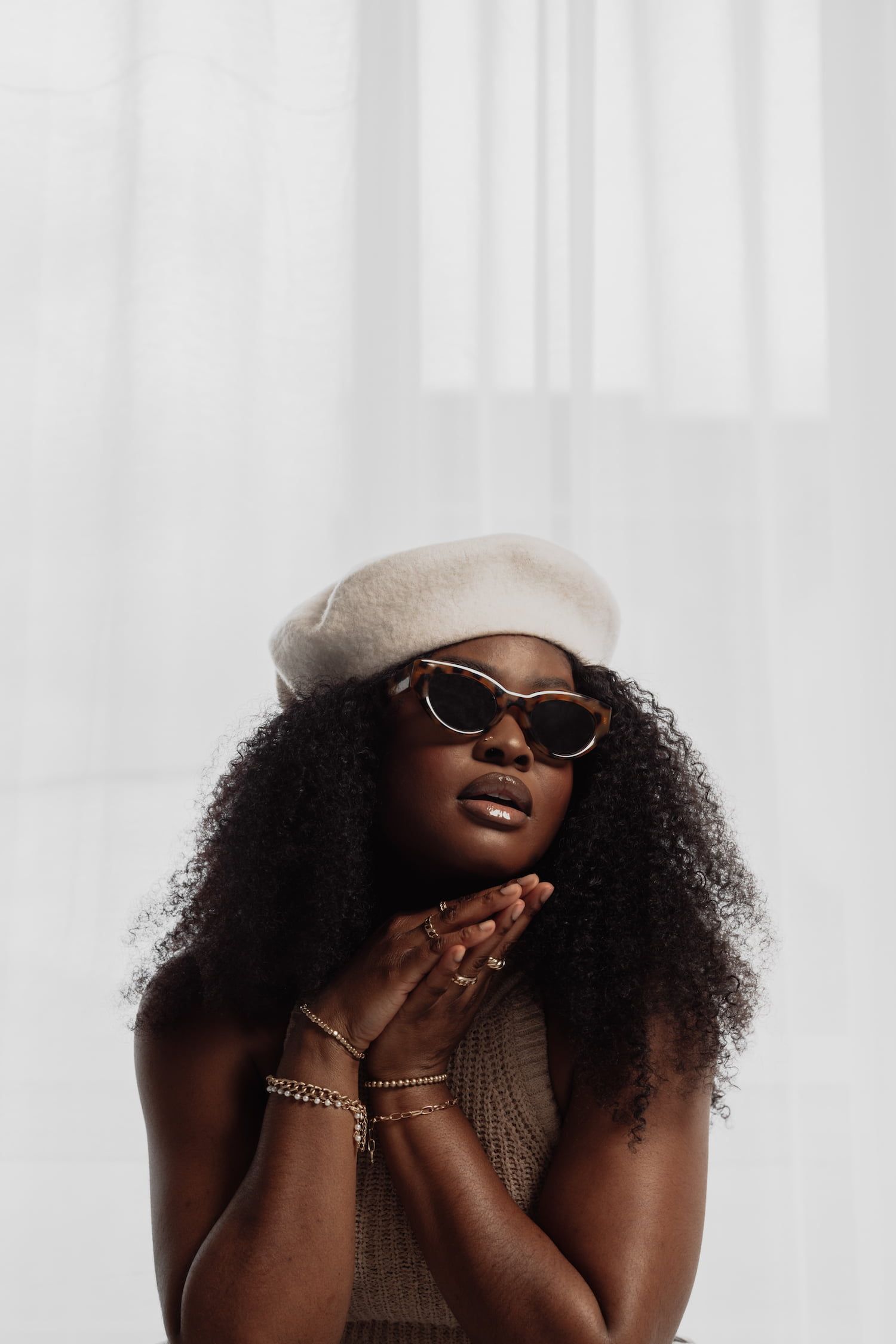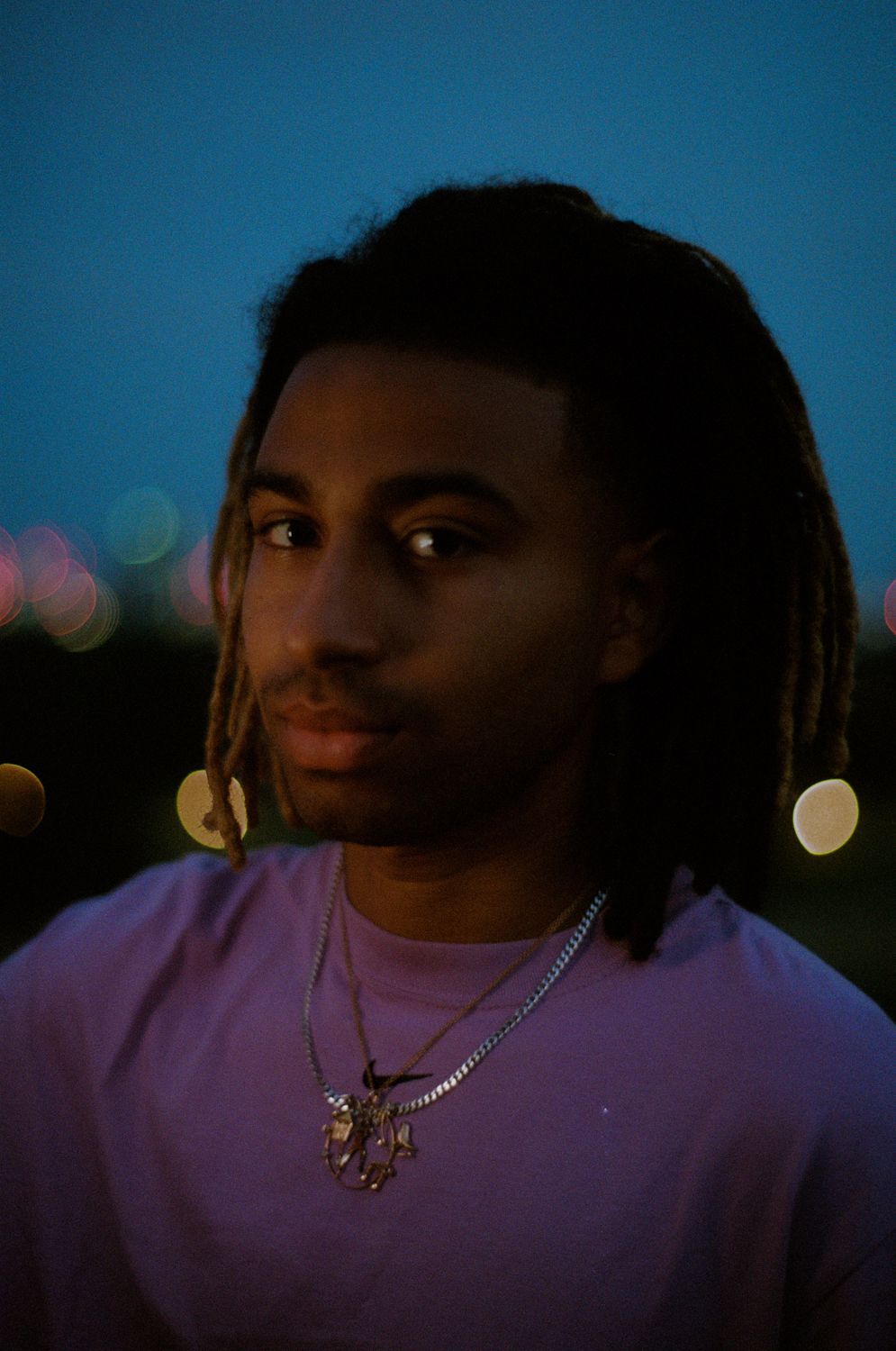
Xadi
West London has a newcomer. A voice that isn’t afraid to push sonic boundaries whilst reflecting on growing up in the “darker sides” of London and experiencing the “things young people get caught up in”. Meet rapper, singer-songwriter and producer – Xadi.
His latest EP ‘Floating in Lilac’ finds him drawing influences from Hip-Hop, UK Rap to Jazz and everything in between. 1883 spoke to Xadi, digging deeper on the inspiration behind the project, the importance and impact of visual mediums on music, his plans for the future and why lilac was a colour that this record represents.
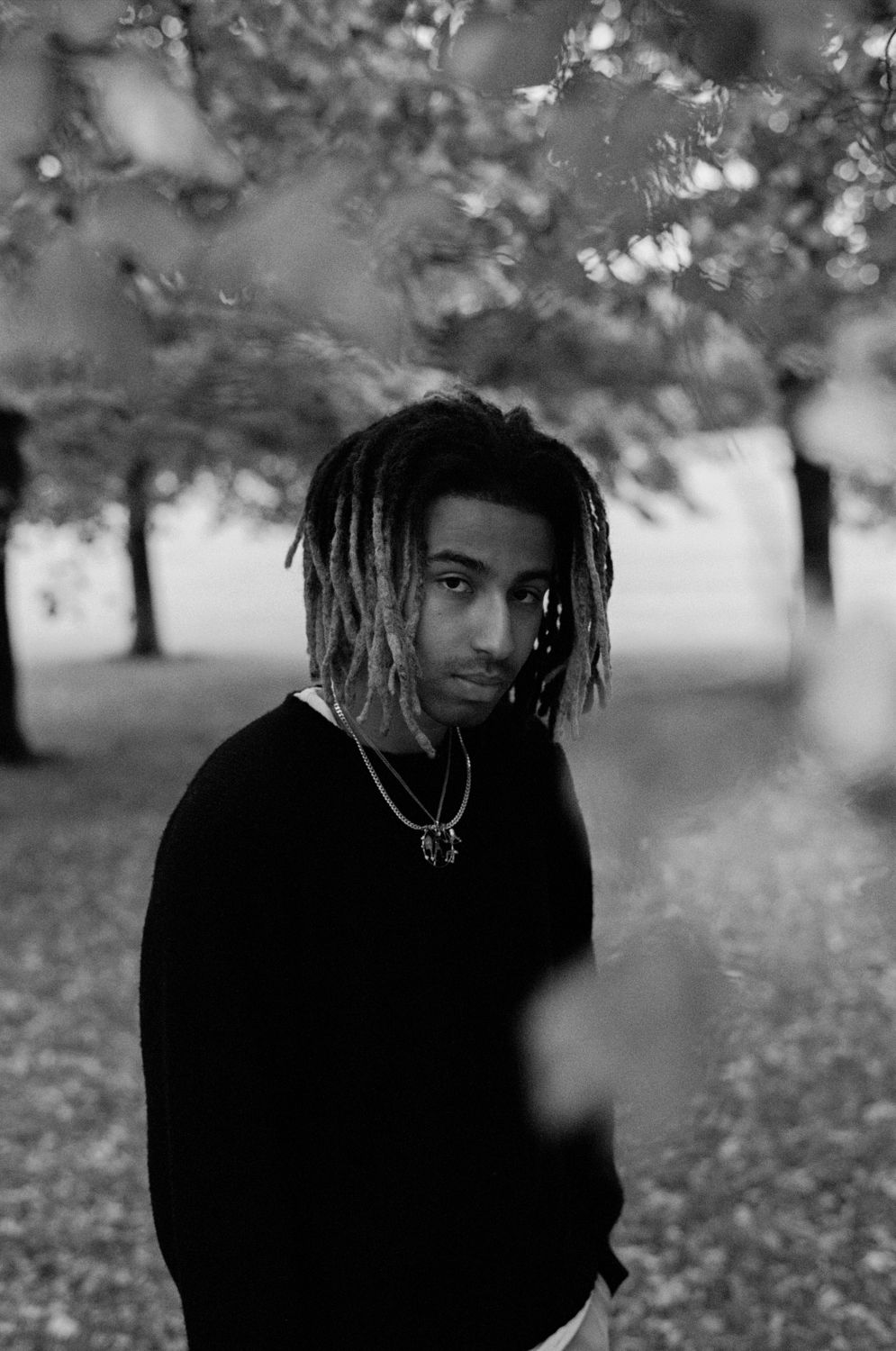
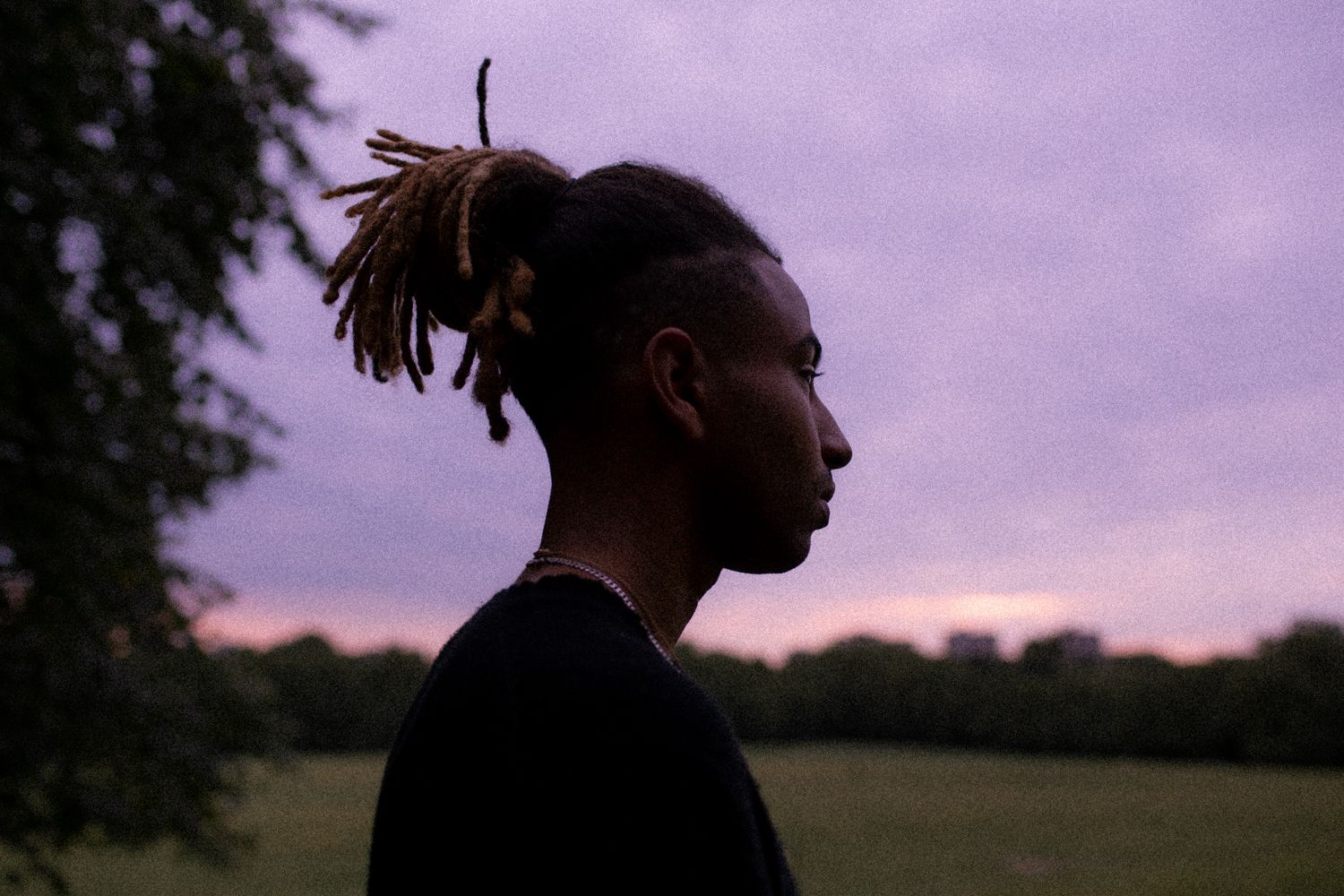
Hi Xadi, thanks for chatting with 1883 Magazine. First off congratulations on the release of Floating in Lilac. What do you hope listeners get out of the project?
Thank you so much, it has been a long time coming and I’m so happy to have it out. I don’t have hope for what people take from this, for me it is just self-expression, telling my story from a number of different perspectives from different stages in my life.
I think there is something a bit different about the way the project details some of the darker sides of growing up in London and the things that young people can get caught up in, being next to a ballad where I’m talking about my emotions. Seeing that a young black man can act rashly and mindlessly, but also be emotionally aware and reflective. I think the soundscapes make you feel like you’re floating so the EP should take you to a place, and what you find there I hope will be unique to the listener
You’ve been prolific with your releases ever since your debut back in 2019. How did this project come about and what was the decision behind releasing these songs as a body of work as opposed to individual singles?
When I wrote the opening track ‘somewhere else’ I felt like my production had elevated to a different place. The sound was the closest thing to what I feel I am supposed to sound like as an artist I’ve ever written and it inspired me to make a body that took you to a place as a collection of songs.
I felt that I wanted to tell my story as holistically as I could and that required a number of songs to represent the different sides to me. When Decorative Scar’ and Timing came together I had a real sonic idea of how I wanted to represent myself. The rest fell into place over the last year.
This project along with your previous releases features paintings as artwork. Who’s behind the visuals for the artwork?
One of my best friends Centeno, paints all of the artworks. We have been friends since the age of 11 and have always been like peas in a pod. He has always been so supportive of my music and I’ve always been in awe of his artistic talent. I send him the songs as I write them and he listens and paints, as the song grips him, he tends to gravitate towards a colour, and almost every-time the colour he chooses is the colour that the piece makes me feel.
Why was lilac the colour that this EP visually represents? Were there any backup colours you had?
There were no back up colours, this is the colour that the soundscapes make me feel like.
I hate the winter but the one perk is those purple skies you sometimes get. The concept was about being trapped between real life on the ground and the stars that it feels like I feel like I’m constantly chasing (maybe I took that S-club song too seriously), so the artwork had to be this colour. The actual painting is stunning, it’s 1.5m by 1.5m in size and I’m always so amazed by Centeno’s ability to capture a person’s likeness and he did that perfectly in this case.
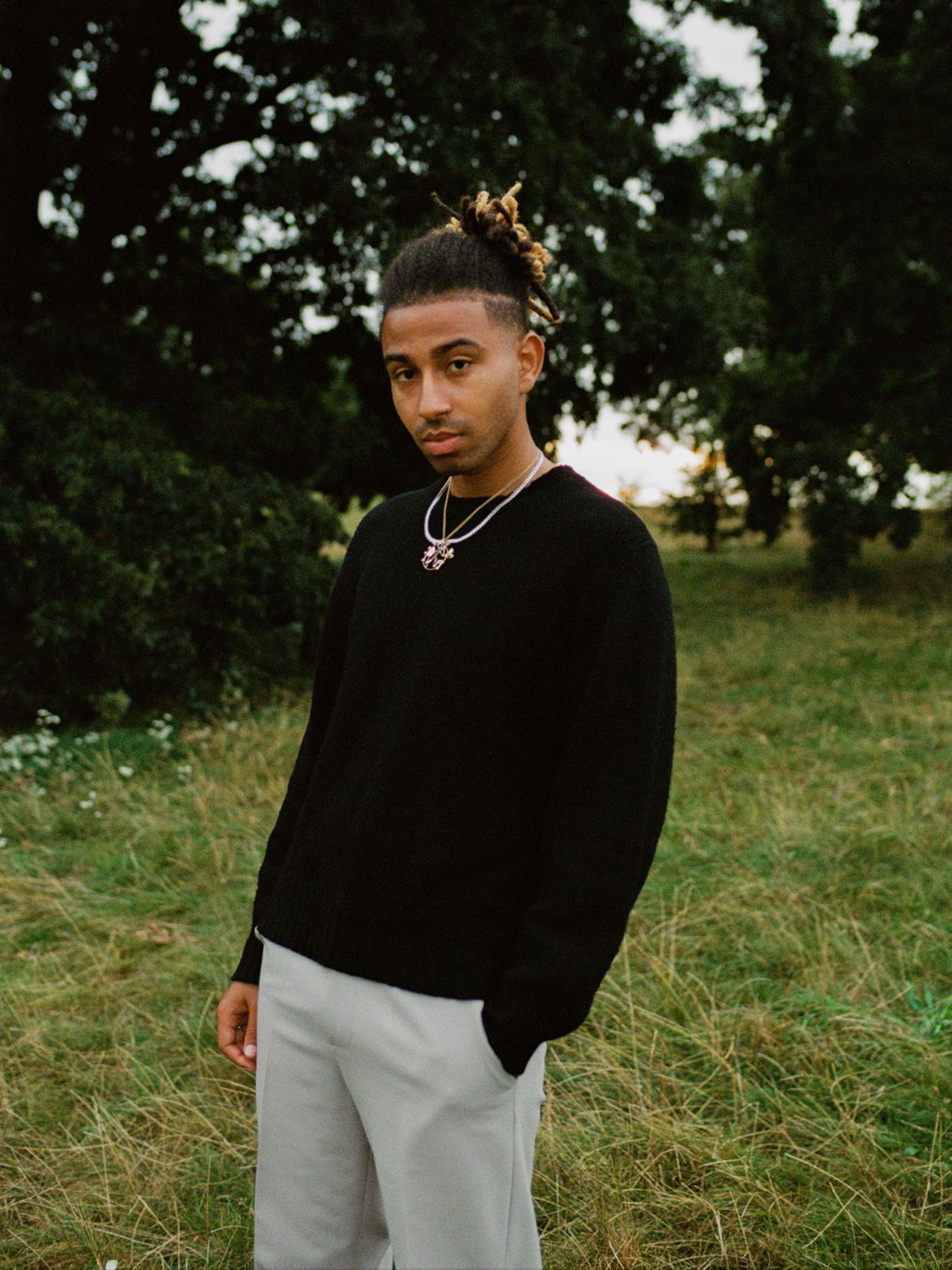
You recently performed a couple of shows in London and Brighton. What was the reaction like after a long time of a prolonged halt to live music?
Amazing, I felt so full. Like, it is so easy to just be at home and retrospectively assign value to songs based on how well they’ve done online but live shows eradicate that. Sometimes the songs that would appear to be lesser known, get the best reactions live. Being able to share the music with people you’re actually in the room with, with some amazing live musicians is a totally different experience and makes me really excited about writing music
Did you perform much of the new EP and if so what track did you feel translated the best in a live setting?
I have performed Decorative Scars, Evidence, and Timing. I loved doing all of them but I think evidence was the one I was most proud of doing live because there are so many words to remember! I’m really looking forward to performing Timing with Nina at some point because the live aspect of collaboration can be so beautiful. Being able to showcase our joint creation live would be really special.
Your fans will know you for your hard-hitting and thought-provoking lyrics over more hip-hop UK rap-influenced instrumentals. Take the line “Maybe ’cause I am not rapping about knives, I’m not rapping about skengs / Maybe they don’t want a n*gga who causes offence without serious cases against” from your 2019 single TapTap as an example. However, this project sees you sonically shifting to a more spacey and melodic-leaning vocal performance. What was the decision behind this?
I have always loved a good melody, when I started making music, I didn’t see myself as much of a singer, however as I started releasing songs where I was singing I started to notice a really good response which gave me a lot more confidence in the area of my craft.
I felt like the soundscapes I was trying to create suited a melody better than straight bars. I feel like I can get twice as much across when I’m singing because it’s not only the words, but also the tones and melodies. Evidence is the closest thing to a rap track on the project and I am still rapping really but just with a bit of a melody to it.
I think going forward this sound suits me best and is the way I find it easiest to express myself.
The EP is also accompanied by gorgeous and well-crafted music videos for Decorative Scars. How did the video come about and what message were you trying to conceive through the video?
Thank you so much, I wasn’t actually planning on making a video for it, but when I sent it to Zach, the director, he had all of these amazing ideas that came to him from listening to the track. I wanted to somehow represent the concept of these decorative scars, which are traditional in some parts of Africa, being emotional. Making them literal was a really striking idea and we wanted to put this at the forefront of the concept. The painting taking place in parallel, showed the way that making art can sometimes feel quite painful and each stroke was kind of like another scar forming. The church scene just represented the repenting nature or parts of the song.
Music videos and artwork are both powerful mediums and ones that are clearly important to you and your art. Have you ever found that a visual, an idea of a scene or an image sparked inspiration before the music itself or do you tend to find yourself writing and then creating an accompanying visual to it?
It has always been the music first, I have one track on which I sampled a song from a TV show I was watching but it’s always the song that dictates how it will feel. Acting up was a funny one because the song just felt like ‘underwater’ and Phoebe Brooks, who directed it, came up with this outdoor bath concept.
The one piece I wrote with a visual in mind was outsiders freestyle, which was about race in the UK. I knew we were going to have pensive snippets of me in my environment and at the time I wrote the track, that was what I was pondering.
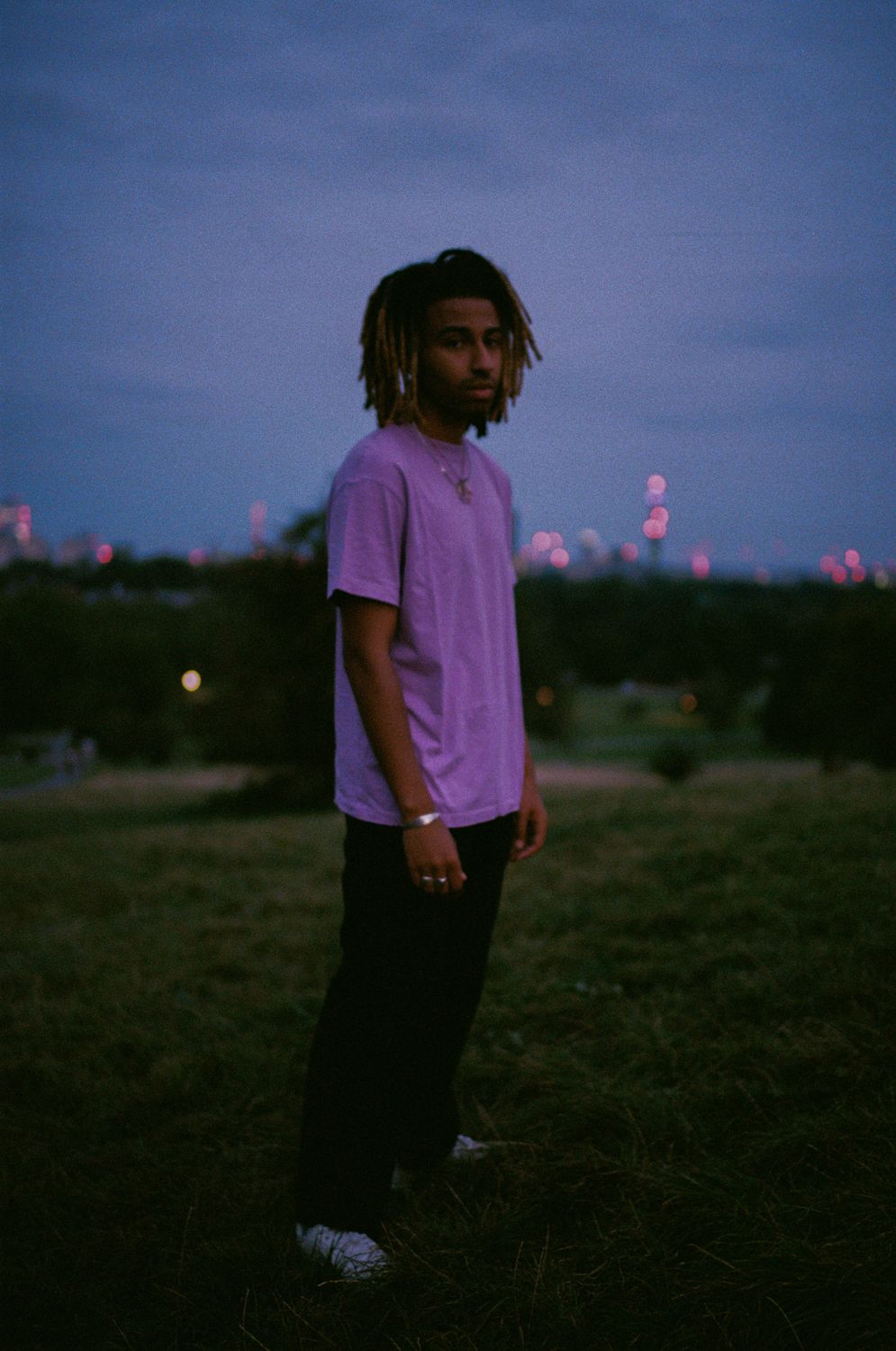
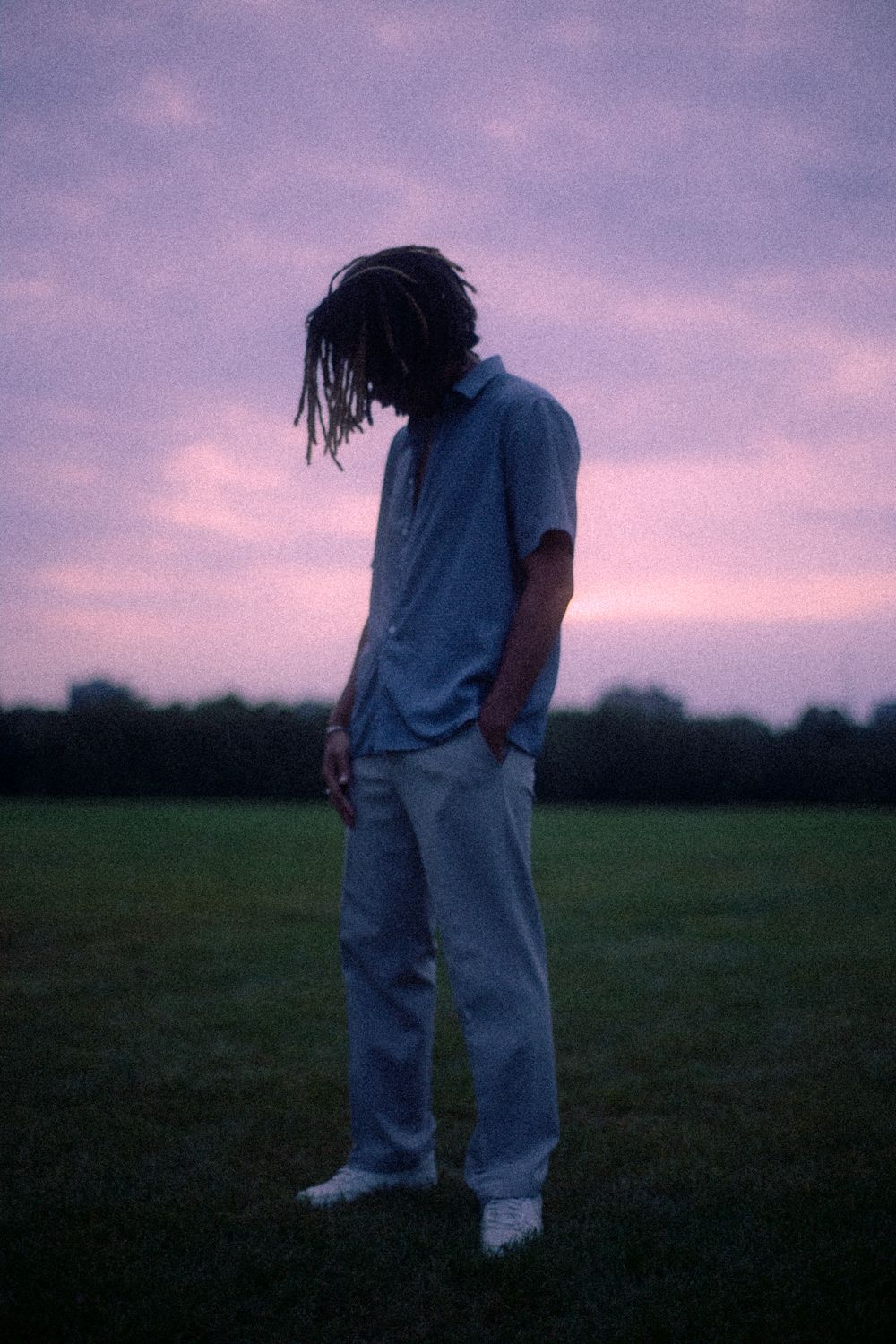
Based on your extensive catalogue, over a short span of time, it seems that you find it easy to write, record and release records. What song on the project did you find the most difficult to complete and why so?
I mix, master, and produce all of my records which means there is no chain of people I have to wait on to get different parts of the process done which allows me to get things done quite quickly. It really goes in phases, sometimes I’m full of ideas and so can write lots and lots of new music and then I go through periods where nothing is coming. I always try but you just notice certain phases.
On the whole the mixing part usually takes me the longest because I often have a very specific idea about how the sounds should sit and make you feel so I often spend a lot of time agonising over tiny little clicks and synths that people probably don’t even notice but when put together are hugely important to my sound.
Who were some of your influences during the making and recording of ‘Floating in Lilac’?
I listen to so many different styles of music pull them together. Be it the guitars from early Kings of Leon, or some of the synth sounds from Drake’s views & if you’re reading this it’s too late. Kanye has always been a big influence production-wise, I love how he crafts his beats. Then I think a lot of the story telling aspect comes from the UK, artists like Bugzy Malone are so good at lyrically painting a picture and that has definitely influenced my music over my journey.
Finally what’s next for Xadi, any exciting plans this year?
Big plans to release more singles, I’ll have a headline show in the summer along with a little festival appearance. I can’t wait to keep performing these songs live and just connect with the people who let me keep doing this.
EP ‘Floating in Lilac’ is out now, follow Xadi @xadiboi
Interview Dean Benzaken



